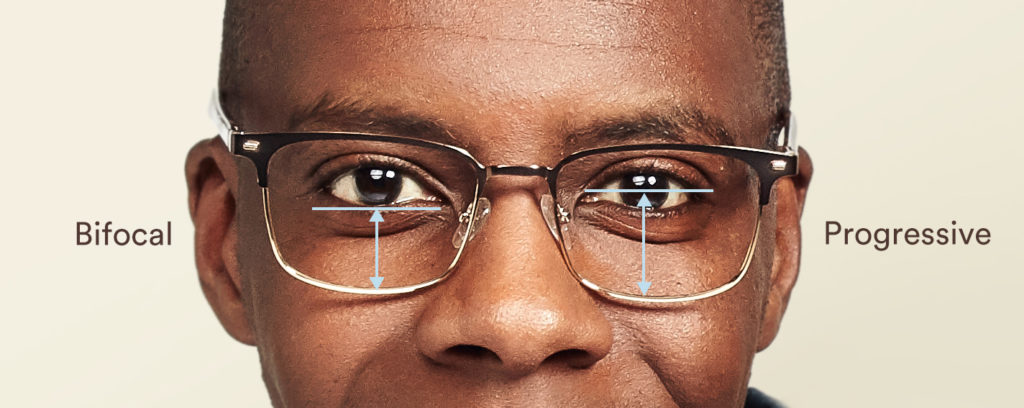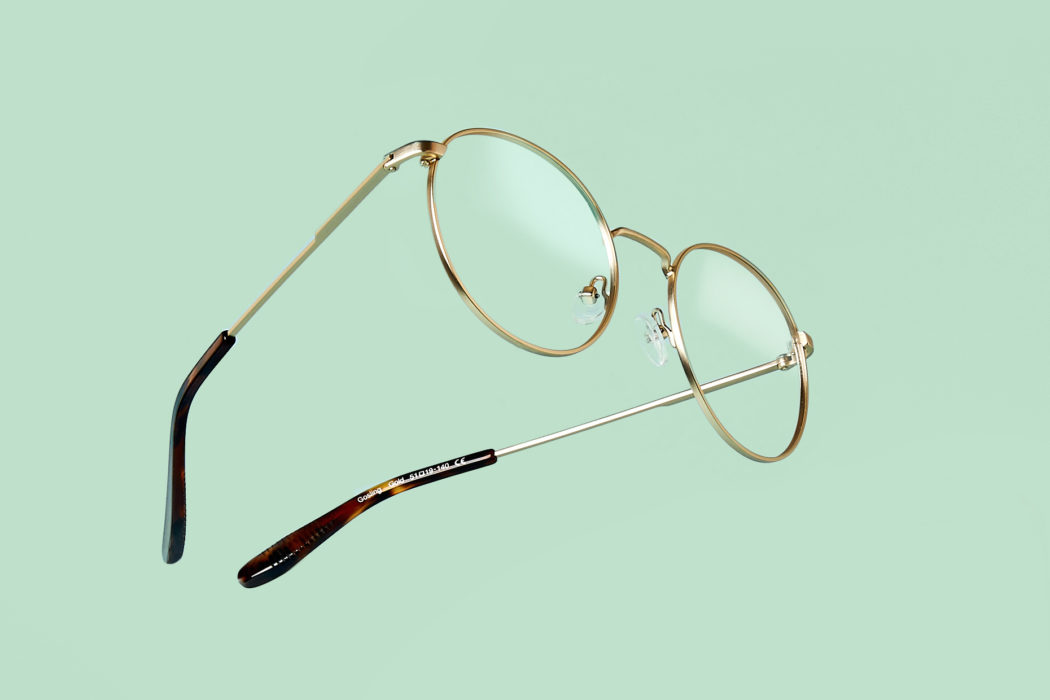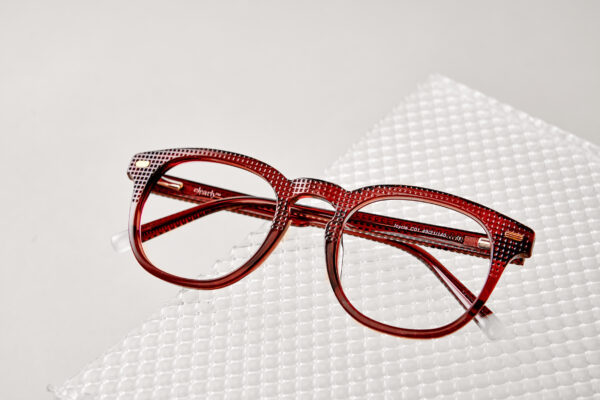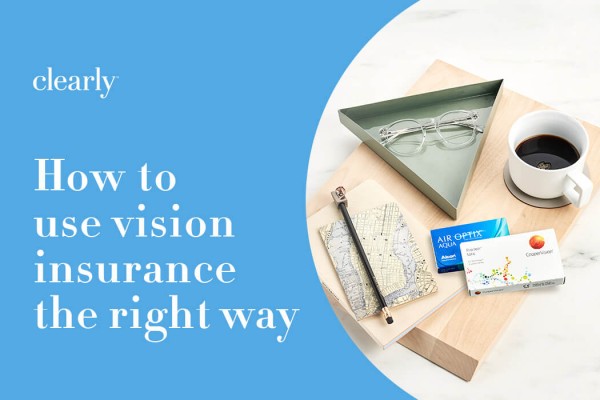This post is also available in:
![]() Français (French)
Français (French)
All bifocal and progressive glasses are designed with segment height in mind. We use a proprietary algorithm (aka special math) that looks at your prescription and frame choice to determine your segment height.
However, if you notice that you’re tipping your head up and down to see properly through your new frames, you might need a custom measurement.
Here, we explain everything you need to know about segment height and explain the steps you can take to ensure yours is calculated accurately.
What is segment height?

Segment height is a necessary measurement for those who wear progressive or bifocal lenses.
These types of lenses contain multiple prescriptions that allow you to see both near and far distances via one pair of glasses. They’re able to do this because the lens is divided into different prescriptions according to working distance. Bifocals feature two working distances, while progressives contain even more.
Segment height is the point on the lens where extra magnification for nearer viewing begins. That magnification increases as your eye travels downward through the lens. Segment height will vary, depending on the shape and style of your frames, and the measurement method is different for both bifocal and progressive lenses.
When do you need to know your segment height?
Segment height is a very specific calculation that’s unique to the position of your eyes and the frames you wear. Segment height will change from frame to frame. If you’ve just received your new glasses and find you need to tilt your chin up or down to see your desired working distance clearly, your segment height may need to be adjusted.
Similarly, if you’re ordering new frames with progressive or bifocal lenses, communicating the correct segment height with us ensures we can tailor your bifocal or progressive lenses exactly to your vision needs.
How to measure segment height
If possible, visit your nearest eye care professional with your glasses, as they’ll be able to quickly measure your segment height.
If you’re unable to go to the optometrist, measuring segment height is something that we can do for you. Before we can calculate your segment height measurements, we’ll need a few key pieces:
Your full prescription
We’ll need a copy of your prescription. If possible, please send the full-page document you received from your optometrist.
Sometimes there’s information on the page (such as your visual acuity or prism correction) that may provide us with other details to ensure we provide you with the best vision solution.
Your PD
When you send your PD, please let us know if you measured your PD yourself or if you had it done by your eye care professional.
If your PD was measured by an eye care professional, it’s also useful for us to know whether they used a pupillometer (which looks like a pair of high-tech binoculars) or a bigger machine (an autorefractor) in which you would had positioned you face on a chinrest and looked at an image of a far away tree, hot air balloon, or other picture.
A suitable picture of yourself
In order to calculate your segment height, we’ll also need a picture of you wearing your glasses. It must be taken a specific way, so we have a clear view of your pupils behind your lenses.
It can be easier to ask someone to take it for you, but you can also take it yourself. When you take it, please follow these steps.
1. Put on your glasses on
Wear them the way you would like them to fit – for example, if you usually lower them on your nose in order to see better, move them up into a comfortable position. Stand in a relaxed posture that feels natural. This ensures we can calculate your segment height based on your typical posture and neck position.
2. Position the camera
Ensure the camera is directly in front of you, at arm’s length or further – ideally 4-5 feet away. The camera lens should be as close to your eye level as possible, so you can look straight at the lens without having to strain. If it’s higher or lower, we won’t be able to accurately measure your segment height.
3. Take a picture
Assume a relaxed expression, look directly at the camera lens, and capture your picture. Zoom in on the photo and make sure the quality is good enough to show your pupils (the black circular opening at the middle of your eyes) and the eyeglass rim.
Please note, if you’re wearing progressive sunglasses, you’ll need extra lighting to let your eyes be seen through the lenses. Hold a flashlight at the side then follow the instruction for segment height measurement.
4. Send it to us
Once you’ve assembled your prescription, PD, and photo, please send them (along with your order number and your glasses) to: csopticians@clearly.ca. Our experts will calculate your segment height and fit the correct lenses, so you can enjoy crisp vision that’s perfectly tailored to your needs.
If you have any questions, get in touch with our Customer Service team. You can reach us 24/7 via email or phone, or simply click the chat button to talk to us online now.

































